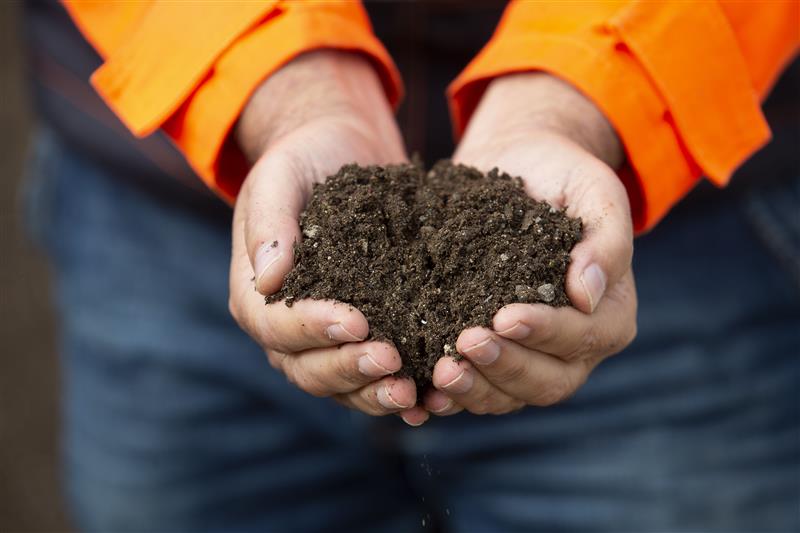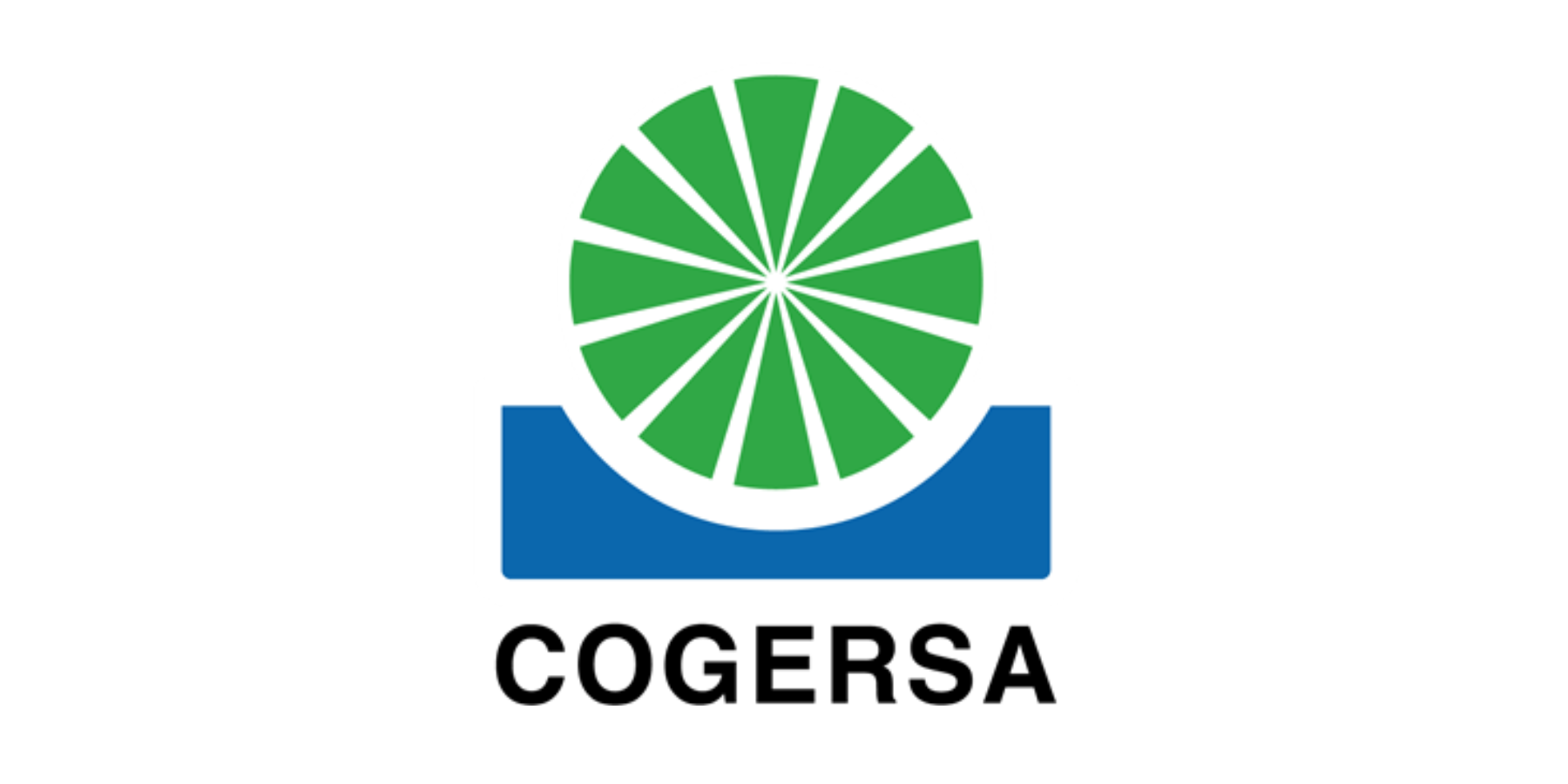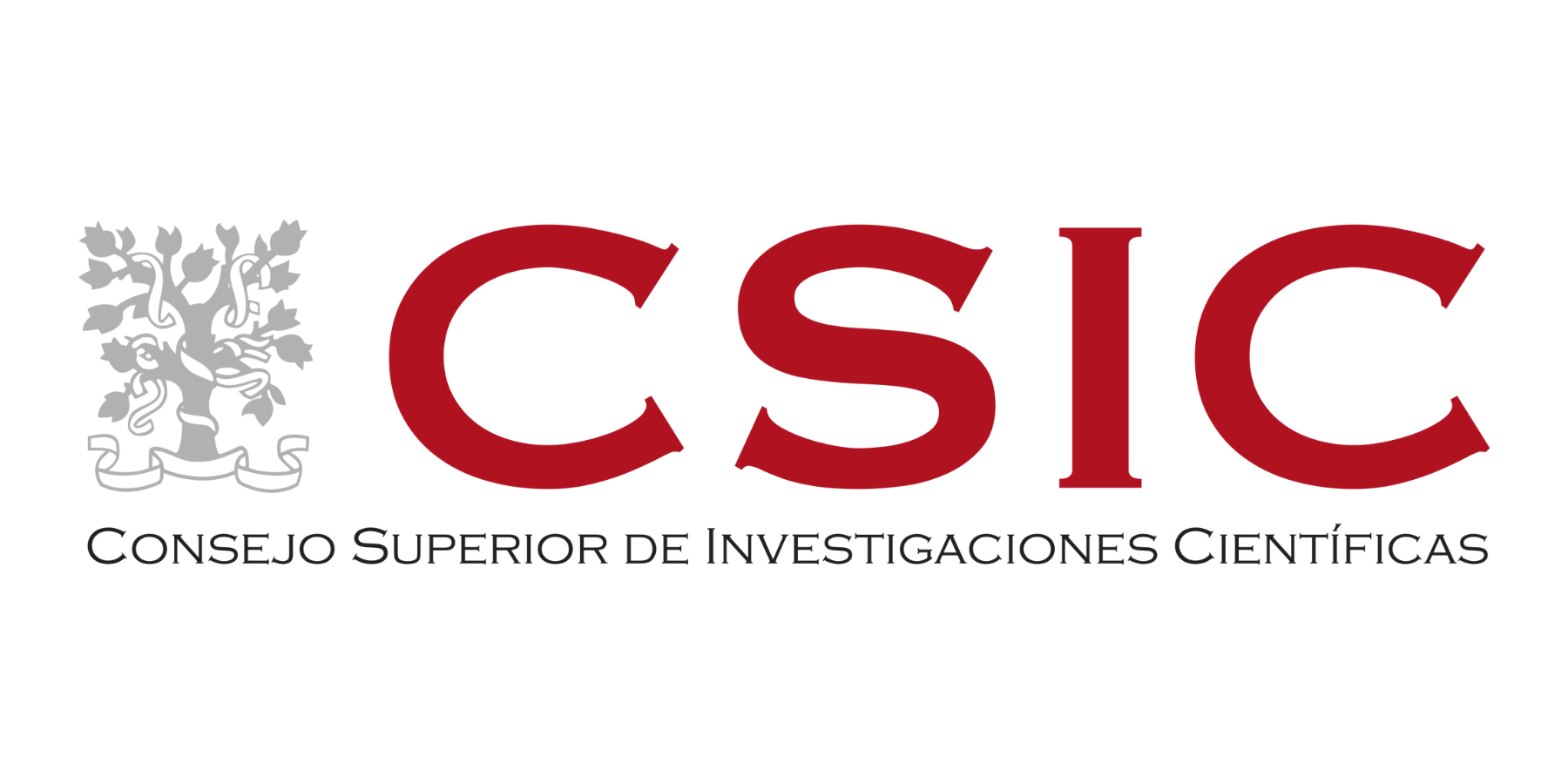Recovery of spent zeolite for composting of organic waste
In line with circular economy principles, the recovery and reuse of materials that have fulfilled one function to serve a new purpose is key to reducing waste and maximising resource efficiency within the Z-ONA cycle. In this context, spent Z-ONA zeolite, after being used for ammonium removal in wastewater treatment, will be recovered as a nutrient-rich additive in organic waste composting processes.
The ammonium and other nutrients retained by the zeolite during water purification are not lost, but rather converted into a valuable resource that can enhance composting performance. Once incorporated into composting systems, spent Z-ONA zeolite acts as a multifunctional amendment: it provides slow-release nitrogen to support microbial activity, improves aeration and moisture balance thanks to its porous structure, and functions as a cation exchanger, helping to stabilise pH and reduce nitrogen losses through ammonia volatilisation.

Technosol
Beyond its benefits during the active composting phase, the final mixture, combining stabilised organic matter from compost and the mineral matrix of the exhausted zeolite, can be used to produce technosols with enhanced physical and chemical properties. These engineered soils are particularly suitable for land restoration and ecological rehabilitation of degraded areas, such as former landfill sites or post-industrial landscapes, contributing to long-term soil health and carbon retention.
COGERSA will evaluate the properties of Z-ONA technosols in comparison with previous results obtained in the RecySoil prototype (AsturSludge project) and other artificial soil formulations developed under the CERES project (ref. CPP2021-008651), co-funded by MCIN/AEI/10.13039/501100011033 and the European Union NextGenerationEU/PRTR.


